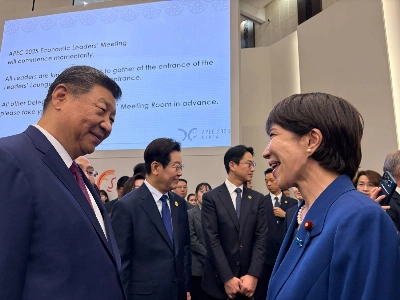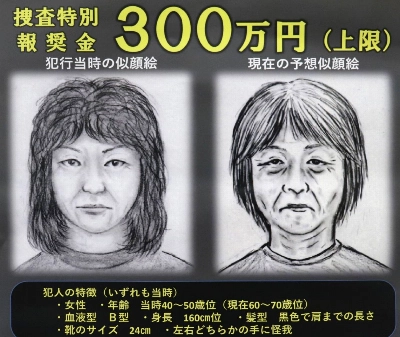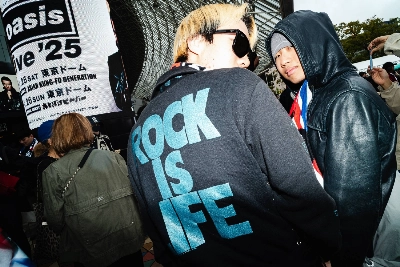The Atomic Energy Commission's white paper on nuclear power for 2007 that has been adopted by the government says that a worldwide increase in nuclear-power generation is indispensable to fighting global warming. This is in line with the government's call for halving CO・emissions by 2050. But promoting nuclear-power generation won't be easy.
Since nuclear-power plants release very low greenhouse-gas emissions, they are regarded as an important bulwark against global warming. At present, 350 nuclear-power plants are in the planning stage worldwide. It is expected that if these facilities go into operation, they will reduce global CO・emissions by 7 percent. But preconditions for building nuclear-power plants are safe construction, strict safeguards against nuclear-weapons production and a prevention of nuclear proliferation. Japan should study how it can cooperate internationally in these matters.
At the same time, the promotion of energy savings and development of renewable energy sources utilizing water, wind and solar photovoltaics should not be set aside.
The safety risk earthquakes pose to nuclear-power plants should be a top consideration in Japan. Tohoku Electric Power Co.'s Onagawa nuclear-power plant and Hokuriku Electric Power Co.'s shika nuclear-power plant have been hit by tremors that exceeded the level that they were designed to withstand.
Last July a major earthquake off Niigata Prefecture pounded the Tokyo Electric Power Co.'s Kashiwazaki-Kariwa nuclear-power complex, one of the world's biggest. Its seven reactors, with a combined total output of 8.21 million kilowatts, have been out of operation since.
It is imperative that the power industry and the government utilize data from recent earthquakes to strengthen the quake resistance of nuclear-power plants. In two years, 20 of Japan's 55 nuclear-power plants, will be at least 30 years old. The safe maintenance of such plants is growing all the more crucial.

















With your current subscription plan you can comment on stories. However, before writing your first comment, please create a display name in the Profile section of your subscriber account page.